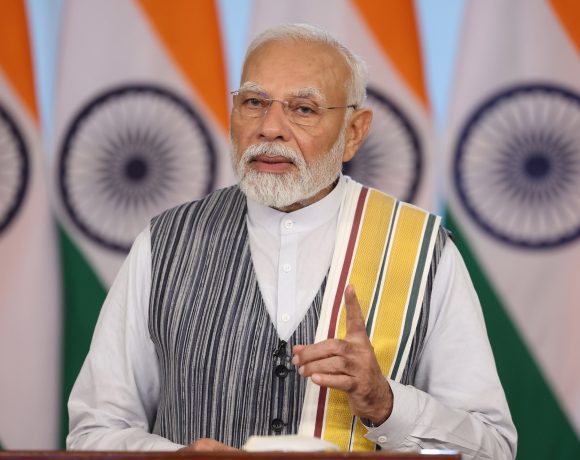
NIA Probes Use of Banned Chinese Tech in Pahalgam Attack
The National Investigation Agency (NIA) has intensified its probe into the deadly terror attack in Pahalgam that left 26 civilians dead, including a Nepalese national. As the investigation progresses, a new technological link has emerged pointing toward the use of banned Chinese devices and apps by the terrorists involved. Among the seized items is a satellite phone manufactured by a banned Chinese company, which was detected in use during the time of the attack.
The discovery of such a device, prohibited for sale and use in India, has raised serious concerns about how it entered Indian territory — with officials suspecting smuggling through Pakistan-controlled regions. This is now being treated as a key lead in understanding the operational logistics behind the attack.
Banned Chinese Tech
Security agencies have found evidence suggesting the attackers used encrypted Chinese mobile applications that remain banned in India. These apps, known for their quantum-resistant encryption and capabilities like steganography, allowed terrorists to maintain secure communication while evading interception by Indian surveillance systems.
The applications in question were part of a wider list of apps previously banned by India due to national security concerns following heightened border tensions. Despite the prohibition, the apps were evidently accessed using foreign-registered networks or via stealthy sideloading techniques.
NIA Investigation Intensifies
The NIA is currently combing through data, electronic footprints, and border routes that may have facilitated the infiltration. Around 100 local individuals — including shopkeepers, porters, and tourism service providers — have been questioned as part of the effort to identify logistical support extended to the attackers.
Additionally, the agency is interrogating two incarcerated Lashkar-e-Taiba operatives for possible involvement or knowledge of the Pahalgam plot, given similarities to past attacks. Another key figure under scrutiny is a former Pakistani para commando turned militant commander, suspected to have coordinated the strike and potentially linked to the banned tech trail.
Officials believe the use of sophisticated foreign technology represents a shift in terrorist modus operandi, indicating tighter cross-border coordination and evolving cyber tactics. The probe now aims to trace the origin and supply chain of the devices and apps used, as well as their potential role in enabling the attackers to remain off the radar until the moment of assault.
The security apparatus has flagged this as a wake-up call, reinforcing the need for stricter digital border controls and better surveillance of blacklisted technologies. The case is now being prioritized at the highest levels to ensure that the broader conspiracy behind the Pahalgam attack is thoroughly exposed.


















